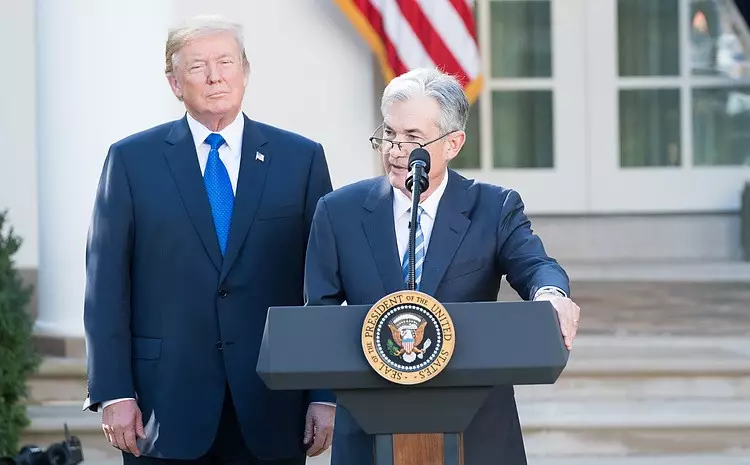In the intricate landscape of monetary policy, the remarks made by Federal Reserve Bank of St. Louis President, Alberto Musalem, a few days ago carry significant implications. With his backing of further interest rate cuts, Musalem signifies a cautious yet proactive approach to managing the economy as it navigates through uncertain waters. He emphasized that the direction of monetary policies will be dictated by performance metrics. Such a statement underscores how central banks must remain adaptable in the face of changing economic realities.
Musalem’s comment on the potential for “gradual reductions” in the policy rate reflects an understanding of the delicate balance in economic management. He does not wish to predetermine the magnitude or the timing of future adjustments, which suggests a strategy that prioritizes flexibility over rigidity. Such an approach seems prudent given the volatility often associated with economic forecasting in an unpredictable global environment.
At the heart of Musalem’s discourse lies the intertwined relationship between inflation control and employment rates. He posited that the risks associated with premature easing of monetary policy are more significant than the dangers of being overly cautious. This perspective highlights an ongoing concern that persistent inflation rates, if left unchecked, could compromise the Federal Reserve’s credibility and disrupt future economic stability. Notably, his view diverges from the consensus, indicating a more aggressive stance on mitigating inflation trends.
Moreover, Musalem expressed a belief that the likelihood of inflation remaining above the Federal Reserve’s target of 2% has diminished. This observation coincides with his assertion that a cooler job market, albeit seemingly contradictory, signals underlying strength in the overall economy. As such, while financial conditions have arguably slowed due to rate policies and external uncertainties—particularly political elections—there remains a supportive framework for economic growth.
Monetary policy in the United States is primarily orchestrated by the Federal Reserve. The Fed’s two primary objectives—achieving price stability and fostering full employment—guide its decision-making processes. Adjusting interest rates is the Federal Reserve’s principal mechanism for regulating economic health. When inflation rises too swiftly, the Fed often raises interest rates, increasing borrowing costs and leading to a stronger US dollar as it draws in international investment. Conversely, during periods of underperformance or high unemployment, the Fed typically lowers rates to stimulate borrowing and spending, which can weaken the dollar’s value.
The Federal Open Market Committee (FOMC), which meets eight times a year, plays an essential role in this process. This committee, comprised of twelve key officials, evaluates prevailing economic conditions and makes informed monetary policy decisions. This diverse group includes both the Board of Governors and regional Reserve Bank presidents, emphasizing the collaborative yet dynamic nature of Federal Reserve actions.
In extreme circumstances, such as the financial crisis of 2008, the Federal Reserve may resort to less conventional tactics, such as Quantitative Easing (QE). This policy involves the Fed significantly increasing the money supply by purchasing high-grade bonds from financial institutions, with the aim of injecting liquidity into a stagnant financial system. This process effectively increases the flow of credit but often devalues the US dollar, as an influx of currency can lead to inflationary pressures.
In contrast, Quantitative Tightening (QT) serves as an antidote to QE. When the Fed ceases its bond purchases and refrains from reinvesting in maturing assets, QT can bolster the dollar’s value. This tightrope walk between QE and QT demonstrates the Federal Reserve’s agility and necessity to react in real-time to economic shifts.
Musalem’s remarks represent an insightful analysis of the current economic landscape and the Federal Reserve’s strategic pivot towards more accommodative monetary policy. As the economy progresses, monitoring inflation along with employment metrics remains paramount. The ongoing dance of interest rate adjustments assures a continuous balancing act of fostering growth while maintaining price stability, which is vital for sustaining consumer confidence and investment. Ultimately, the decisions made today will set the stage for future economic resilience in a complex and interconnected global marketplace.

